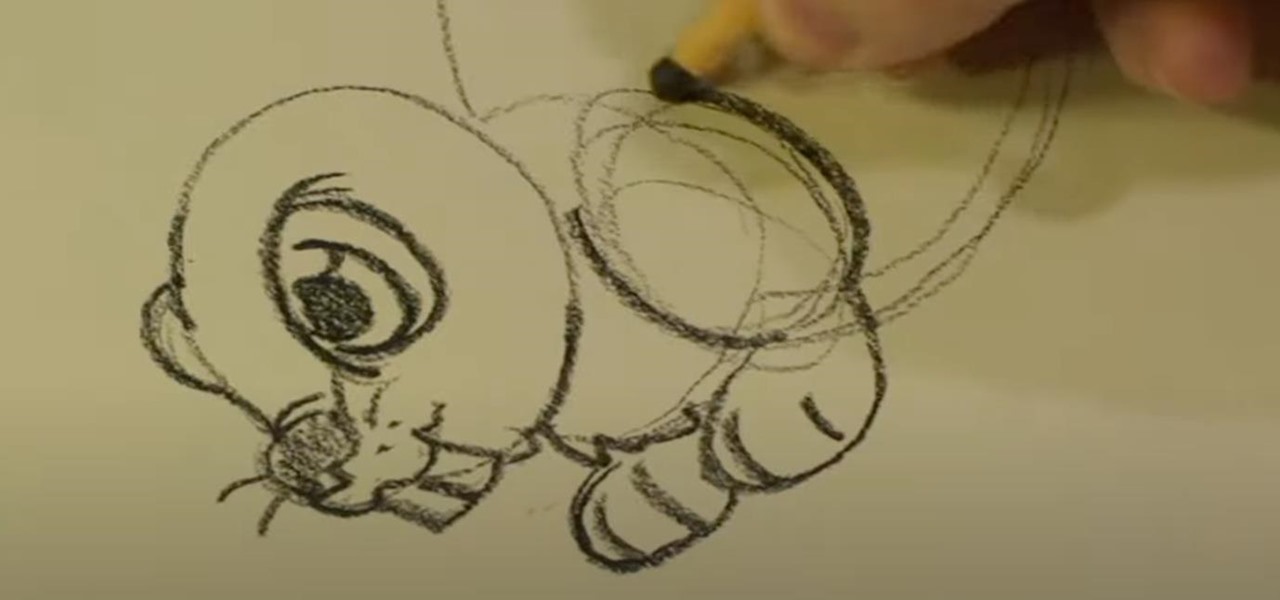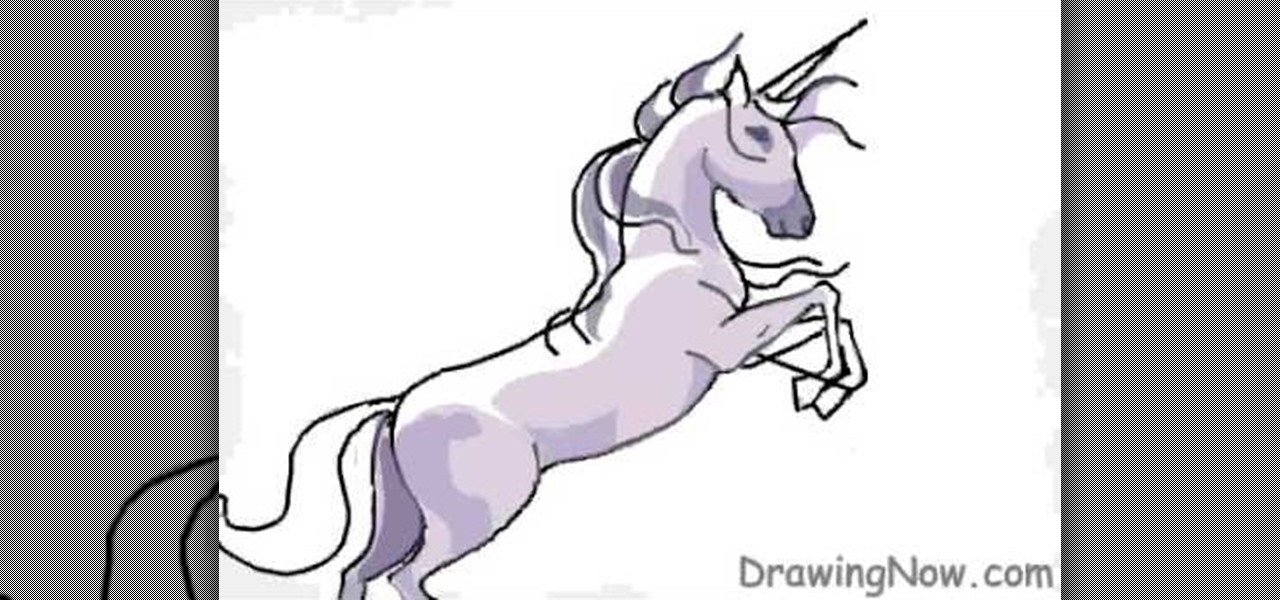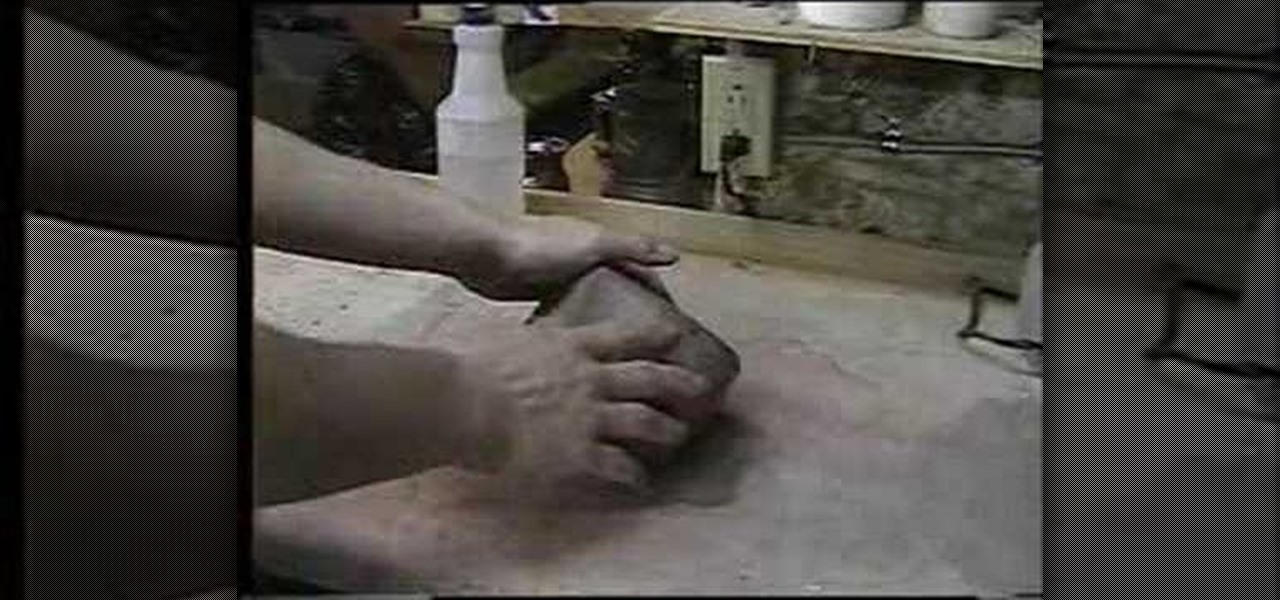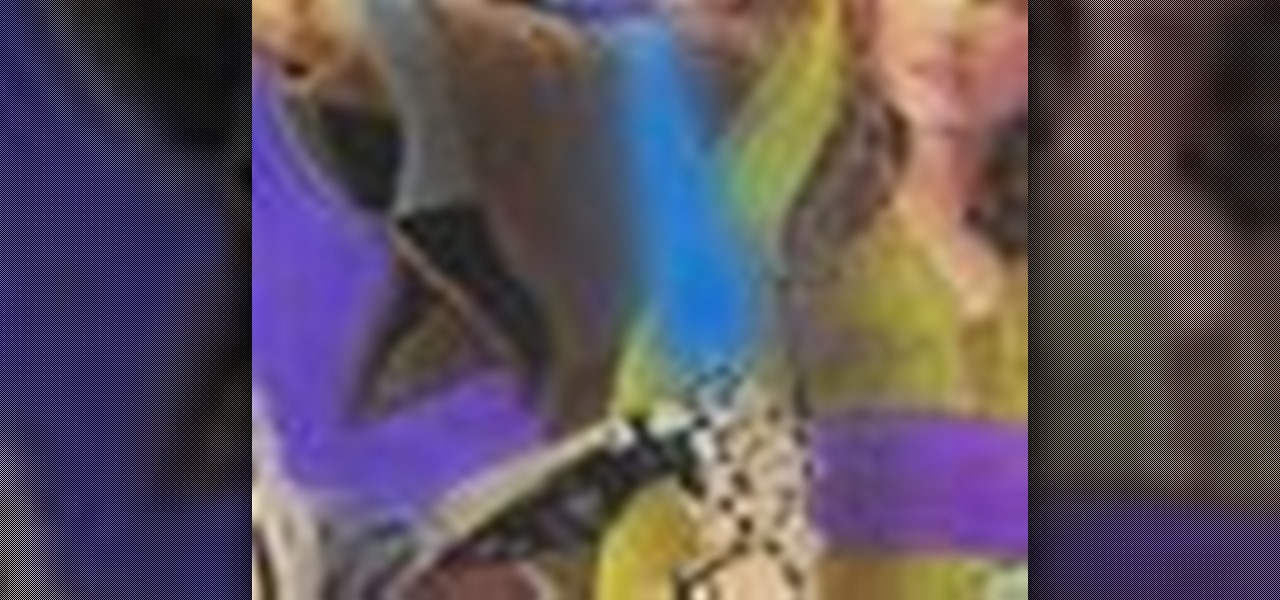Active Fine Art Posts

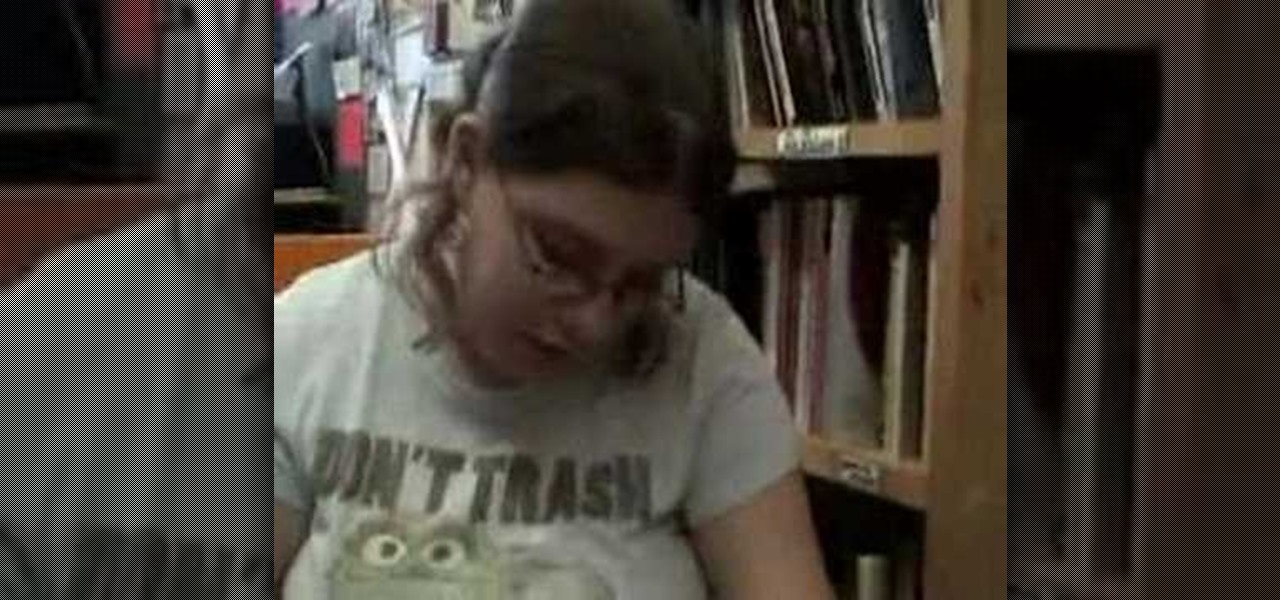
How To: Develop a cartoon character
Take note of these tips when developing your own unique cartoon characters. Your drawings will turn out much more interesting if you think about the details of their personalities. Take inspiration from your own life. Give your character a name. Figure out what your cartoon character likes and doesn't like. Keep a sketchbook of all your invented cartoon characters.
How To: Make a silicone mold
Watch this instructional video to make a one part silicone mold. Silicone molding is a simple and accurate process and will forgive many mistakes. You can actually smooth the silicone onto your object as it dries.
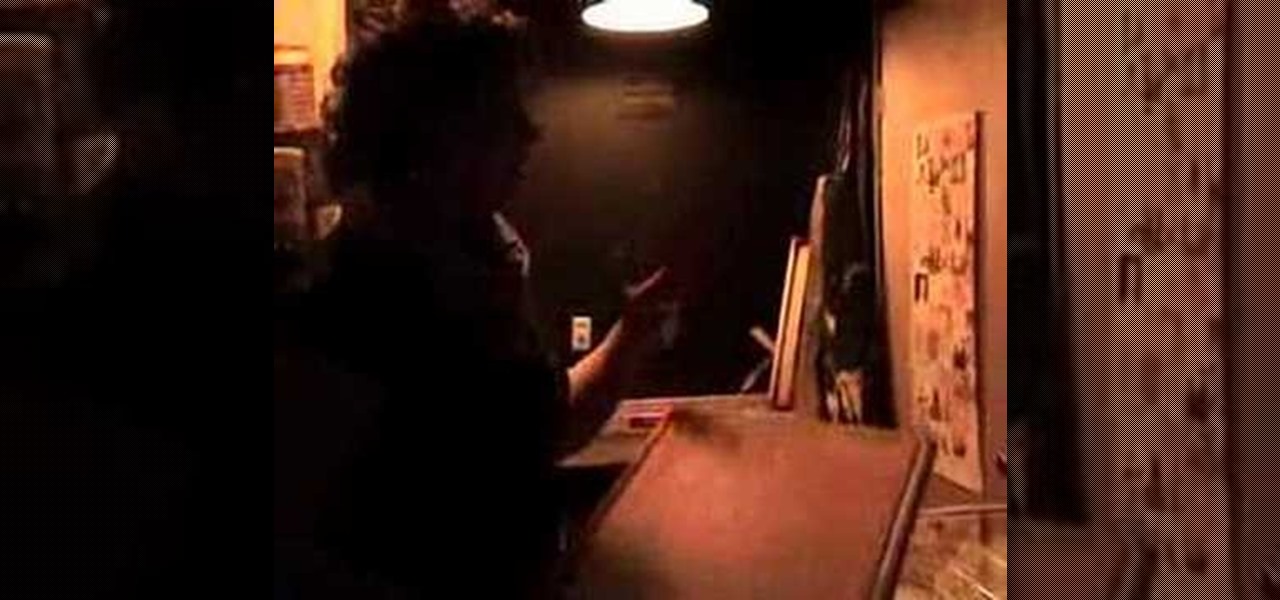
How To: Begin screen printing
Watch this instructional screen printing video to do an emulsion, burn an image, and screen print. These tips are helpful for beginners who want to screen print from a photographic image. If you are taking a screen printing class, this video will remind you of a few key steps and processes for screen printing on your own.

How To: Draw small objects in perspective
It's difficult to maintain a sense of perspective when drawing smaller forms. Watch this instructional drawing video to draw using a technique called landmarking. Draw marks on the surface of a three-dimensional objects to note how an "X" will change as it moves along the surface of a sphere. This will help you to give form to an object even when drawing small shape.

How To: Draw people in dramatic poses
How do you draw people doing the things you want them to do? Watch this instructional drawing video to draw people in dramatic poses. First, become clear on your intent. Draw a person in perspective by giving them a set action within a set space.

How To: Draw people in a landscape
Watch this instructional drawing video to draw people within a landscape. Remember, objects that are up close appear larger and more defined than they do from a distance. When you draw people in a landscape, you should treat them the same as any other form in the landscape. Imagine that a close up view of a person is actually a landscape drawing.
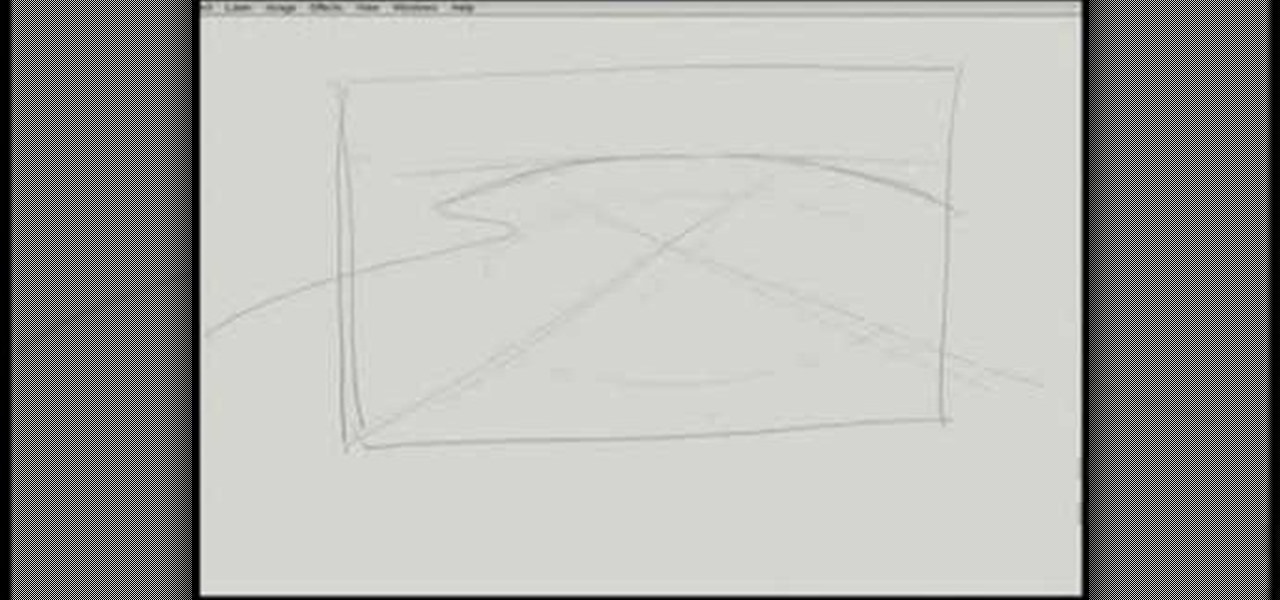
How To: Draw landscape compositions
Watch this instructional drawing video to draw a landscape composition. Before starting any drawing, decide on your point of perspective. Which angle are you standing from in relation to the horizon line? Begin to map out a landscape drawing with an awareness of points of interest and points of view.
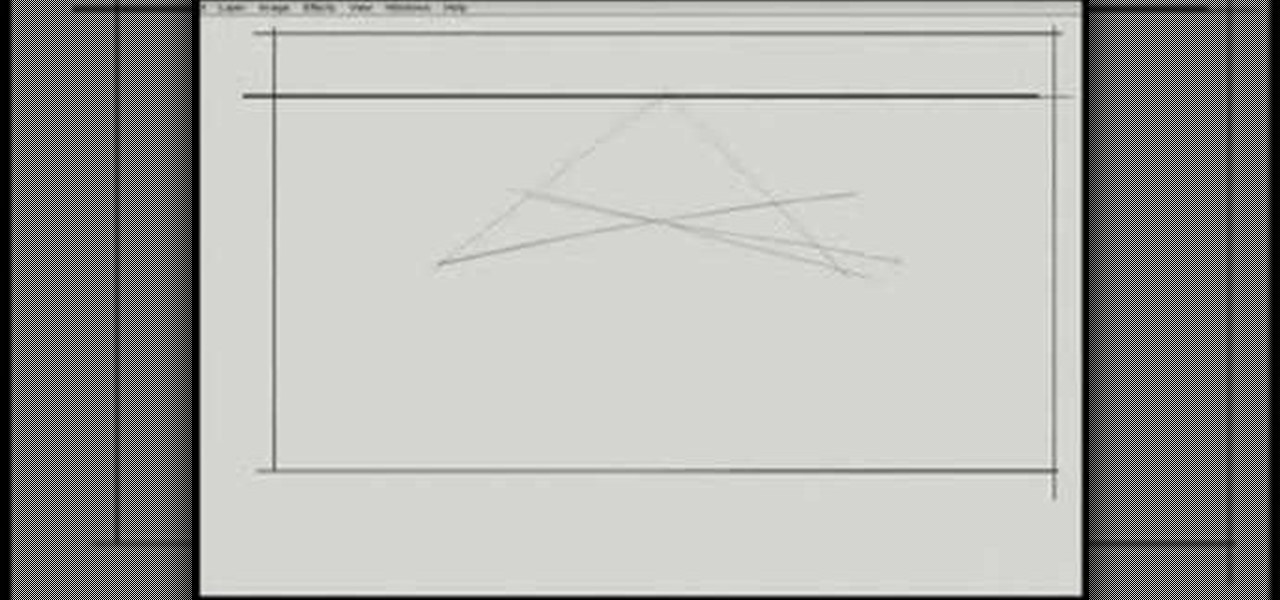
How To: Draw with 3D perspective
Are you a little stumped when you look at a blank page? Here's how to regain the sense of perspective you lost when you looked at the paper. This instructional drawing video demonstrates how to draw three dimensional space with the help of a Google drawing program.

How To: Draw perspective and depth
Learning how to draw is a very much about learning how to see. Watch this instructional drawing video to begin to draw the illusion of depth on a flat surface. Most people can see perfectly fine and understand the concept of depth in space. However, drawing becomes tricky when you must translate a moving object onto a piece of paper. Learn to draw in the page, rather than on the page.
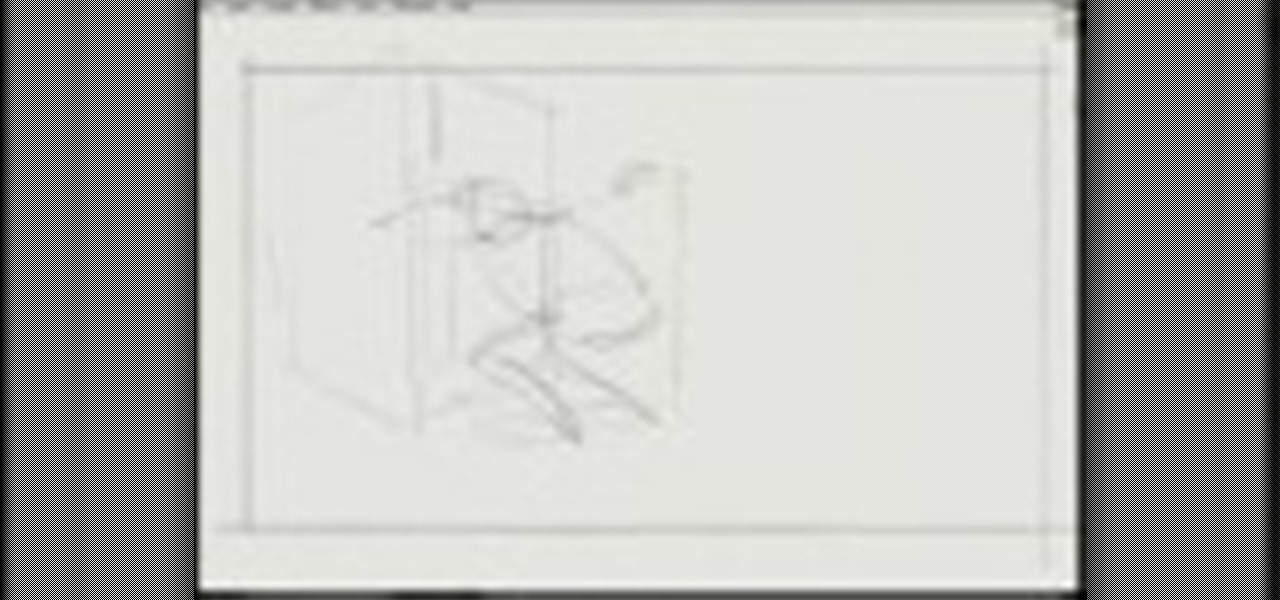
How To: Start a drawing
Draw with a systematic process that combines creative intent with technical ability. Watch this instructional drawing video to cover the key points involved in making a complete looking drawing. A complete drawing is all about intent. For instance, line placement is much more important than line quality. Be aware of the juxtaposition of forms.

How To: Pick colors for a drawing
How do you choose colors for a drawing without it looking like a child's drawing? Watch this instructional drawing video to use a digital color palette effectively. Examine a photograph to choose accurate, subtle colors based on limited perspectives.
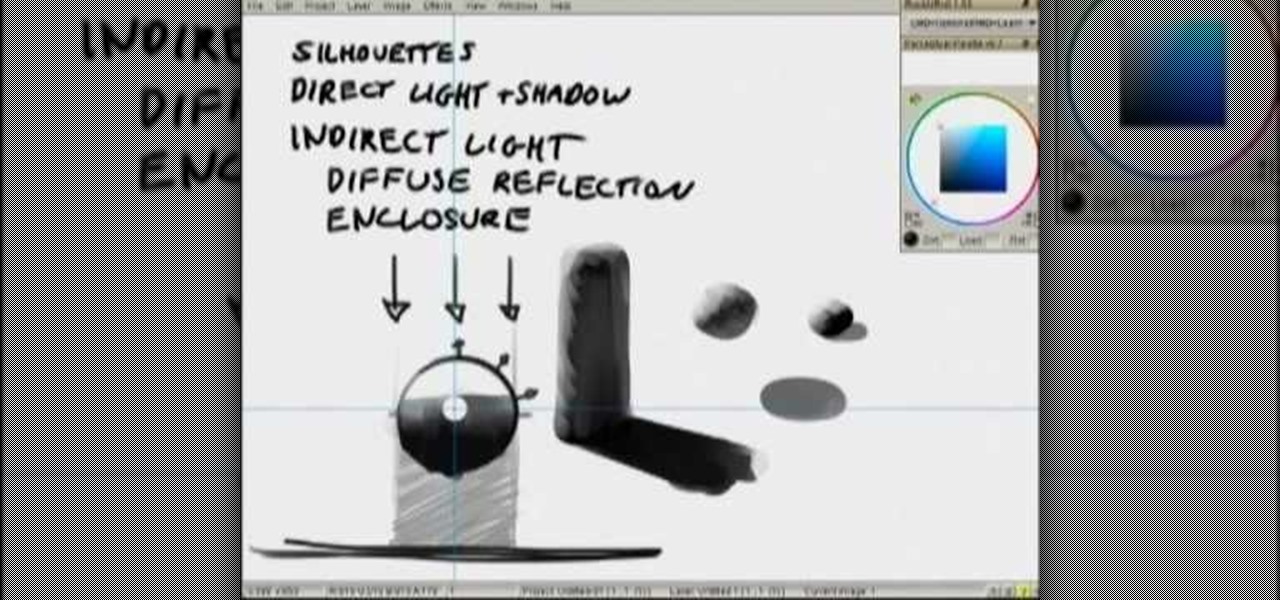
How To: Begin drawing using indirect lighting and enclosure
What do you do with those inky black shadow regions in your drawing? When you are drawing areas of shadow, a space that appears black may not actually be entirely black. Add interest to your drawing by adding subtlety to the shadows and reflections of light. This three part instructional drawing video demonstrates how to draw indirect lighting and enclosed spaces using silhouettes, direct light, shadow, and diffuse reflections.

How To: Draw figures that sit within a space
This four part instructional drawing video to draw human figures that sit within a space. It helps to begin by drawing a series of cubes. This warm up exercise allows you to arrange objects within a field of vision. You can then arrange human proportions in relation to the other objects on the page.

How To: Begin drawing using direct light
How do you draw an object to look three dimensional? After blocking out the silhouette of a form, you can begin to render it's three dimensional qualities. An easy way to begin giving an object sculptural form is to think about where the light is coming from. Note the lightest points and the darkest points on your object to begin creating shading and contrast. Watch this three part instructional drawing video to begin drawing using direct lighting.

How To: Begin drawing silhouettes
Watch this two part instructional drawing video to begin drawing silhouettes. When drawing any form, try to identify the parts that will appear as a silhouette in your field of vision. Begin to bridge the gap between drawing and painting using contrast and shading to render constructed forms in perspective. Silhouettes may appear flat, but you can work away from a silhouette to draw a series of rounded forms.

How To: Begin drawing three dimensional objects
Watch this instructional drawing video to draw objects in space. You can draw three dimensional objects if you can create the illusion of depth within a space. If the page is a space, how can you make a series of points appear as though they are floating within that open space? This video includes a few helpful definitions for beginning to draw perspective.
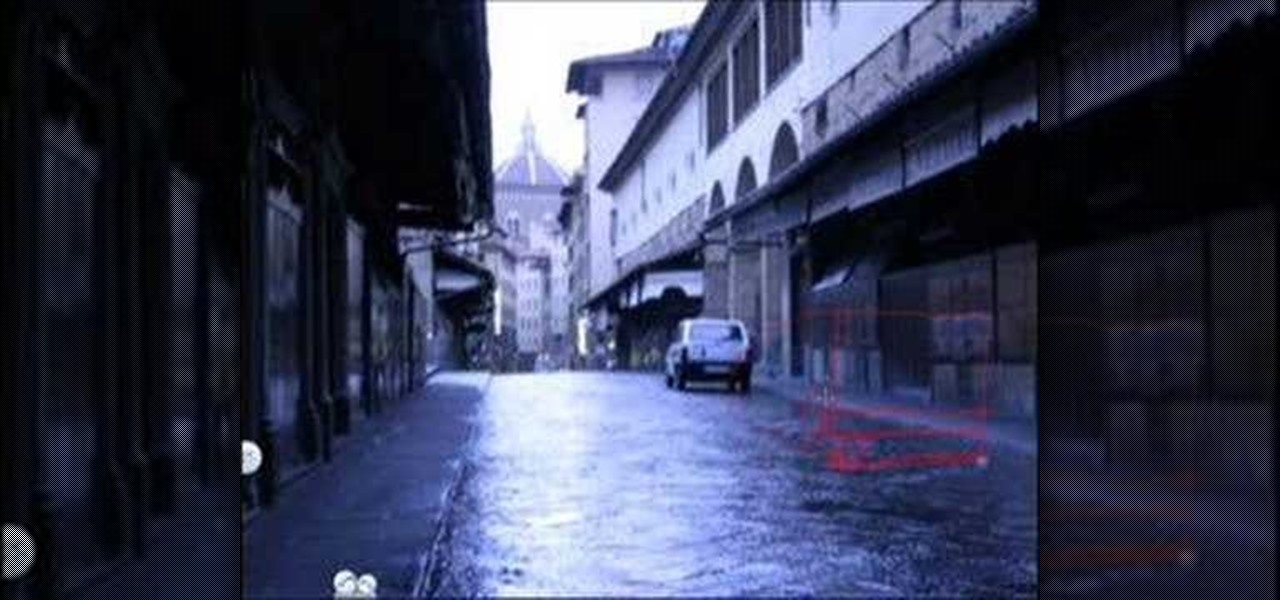
How To: Begin drawing the illusion of depth
How does it feel when you draw? What do you want to draw? Watch this instructional drawing video to begin drawing optical illusions. Draw a photograph to begin understanding the optical illusion of depth.
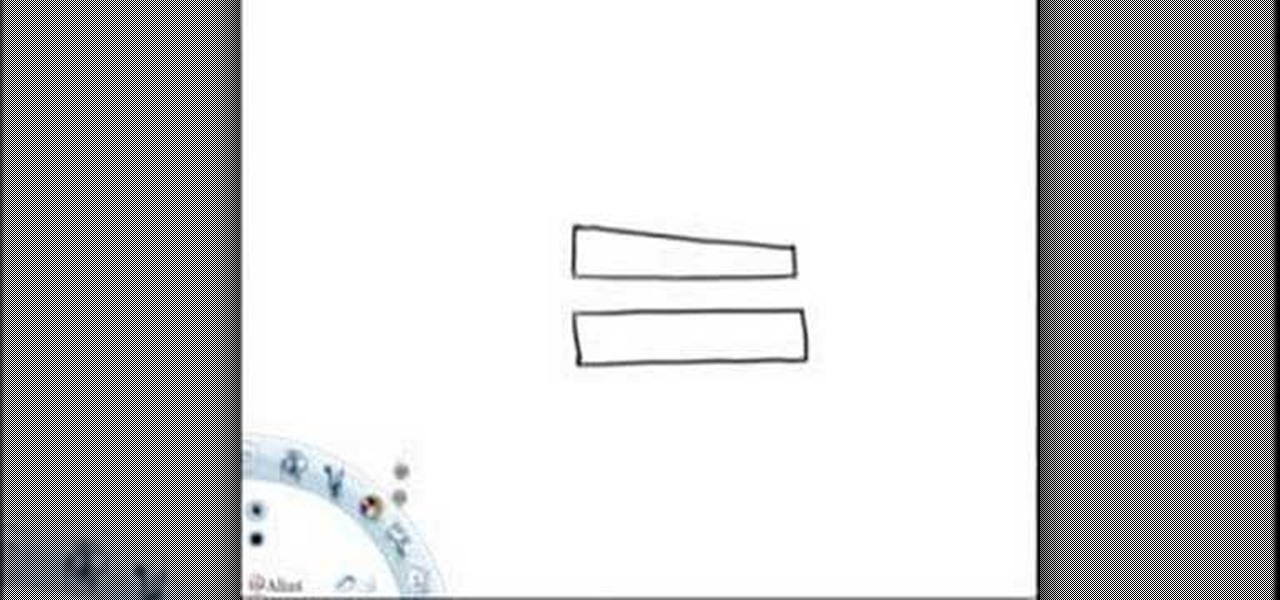
How To: Begin drawing with contrast
Watch this instructional drawing video to begin drawing forms using contrast. Contrast is only the concept of things being different from each other. Creating an interesting composition is all about drawing creating a happy imbalance of. Play with this drawing concept using color, shadow, and quantity of objects.
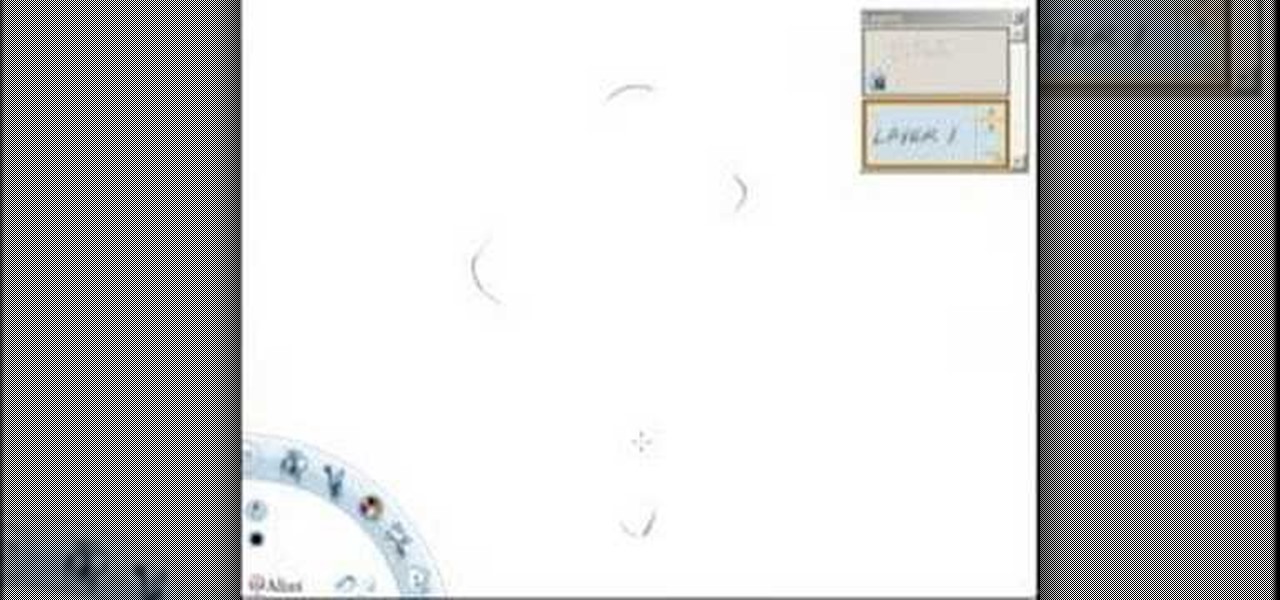
How To: Begin drawing with a philosophal process
Watch this instructional drawing video to begin drawing with a mental philosophy. Drawing is not like photography. You have to decide what is important to you and what details you will include in your drawing. Every line you draw is important only in relation to the other lines you have drawn. Here is an explanation of what might go through your head as you learn to draw.
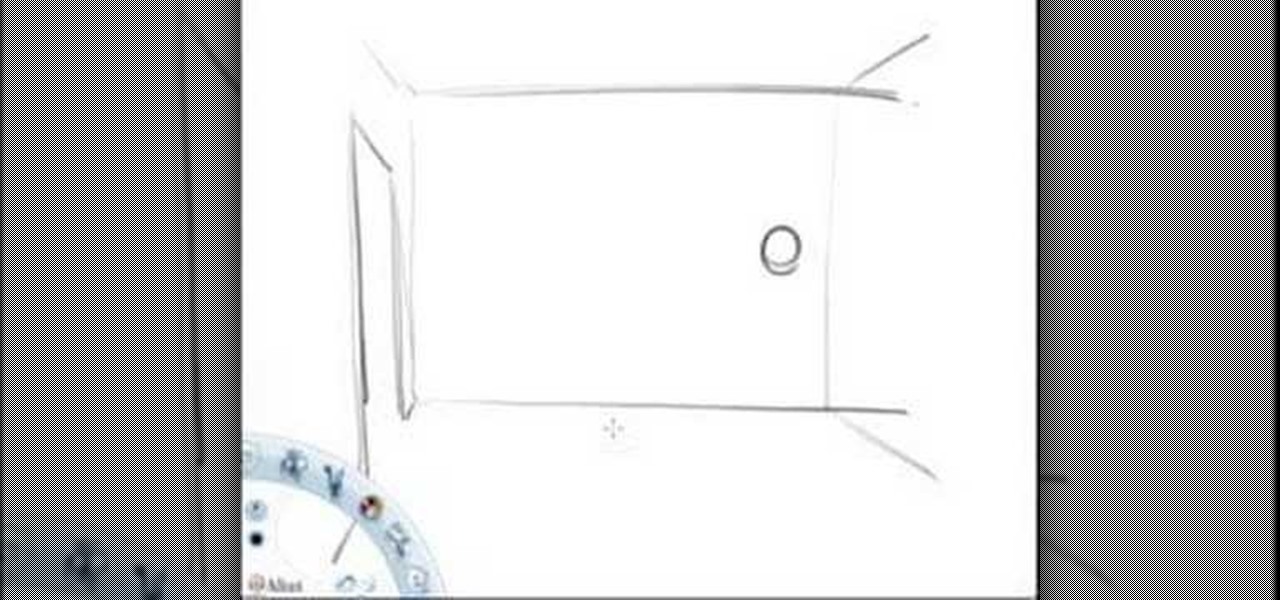
How To: Begin drawing human poses
Watch this instructional video to begin drawing figures in realistic poses. Ask yourself, what are these people doing? Human figures are constantly shifting balance. For instance, an elbow should relate to a knee. The human expressions do not have to be anatomically perfect as long as they relate to the other objects within the space.
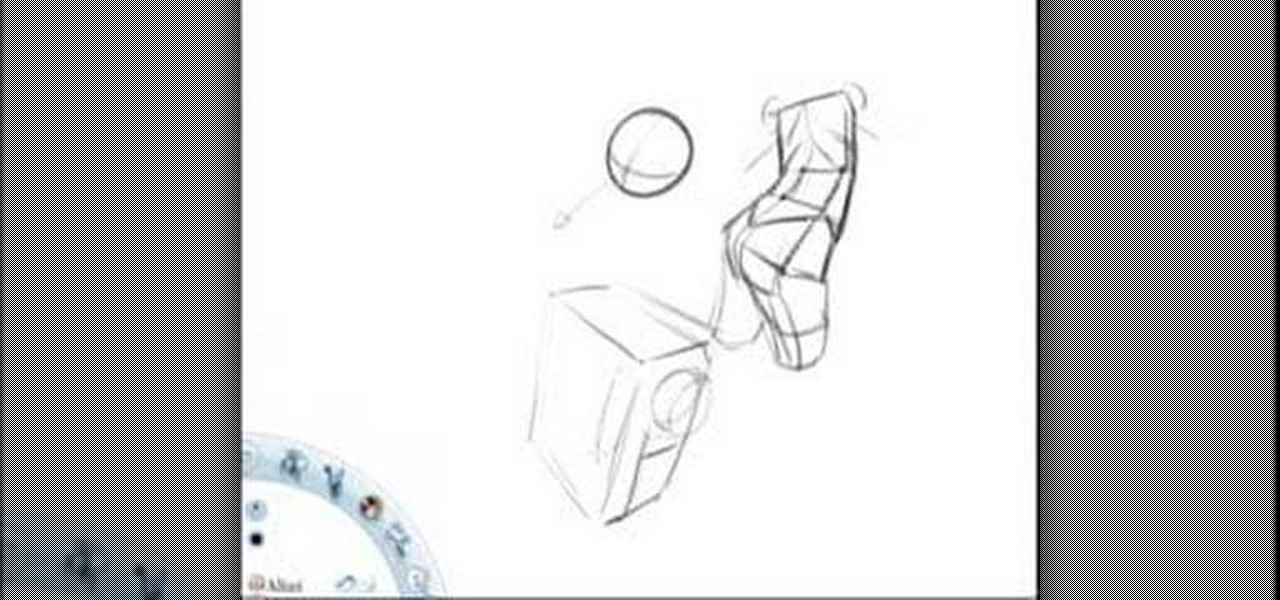
How To: Begin figure drawing
Use everything you've ever learned about drawing inanimate objects to draw the human figure. You will need to use efficient lines and accurate perspective to draw a number of basic shapes that will come together in the shape of a human body. Watch this instructional drawing video to begin drawing figures in perspective. Even if you are not an expert at anatomy, you can calculate what simple shapes look like in perspective and carve back into the basic forms.
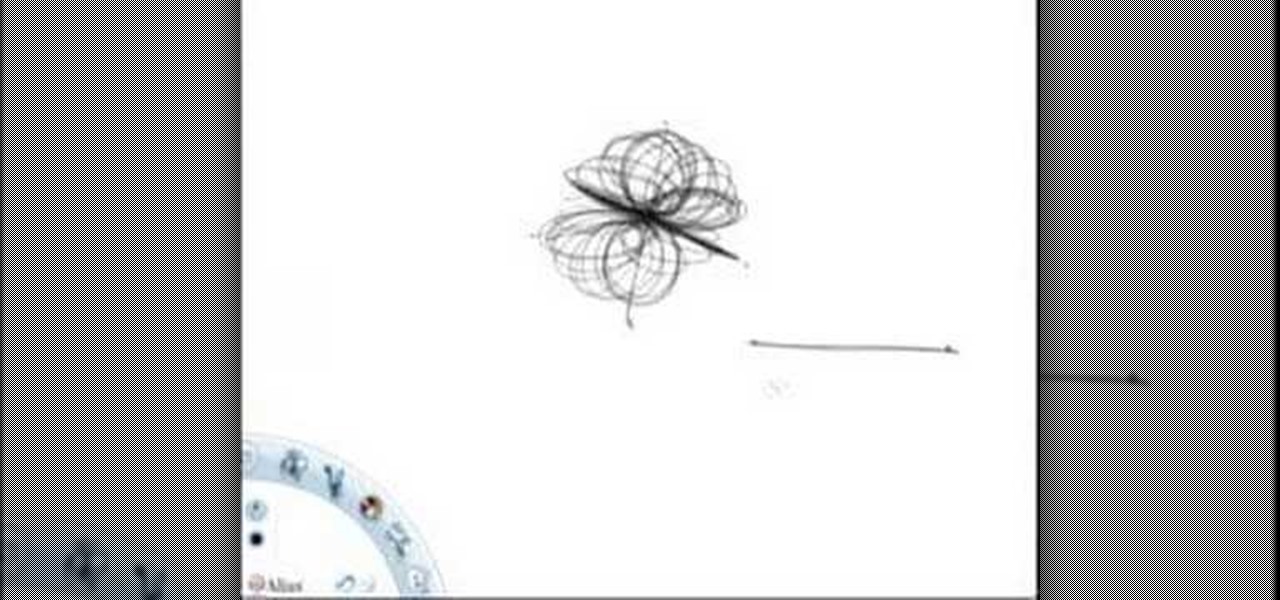
How To: Begin drawing with some practice exercises
Watch this instructional drawing video to brush up on your drawing skills. These exercises are about training your hand to draw what you see. Draw a multi-dimensional slinky going down a set of stairs.
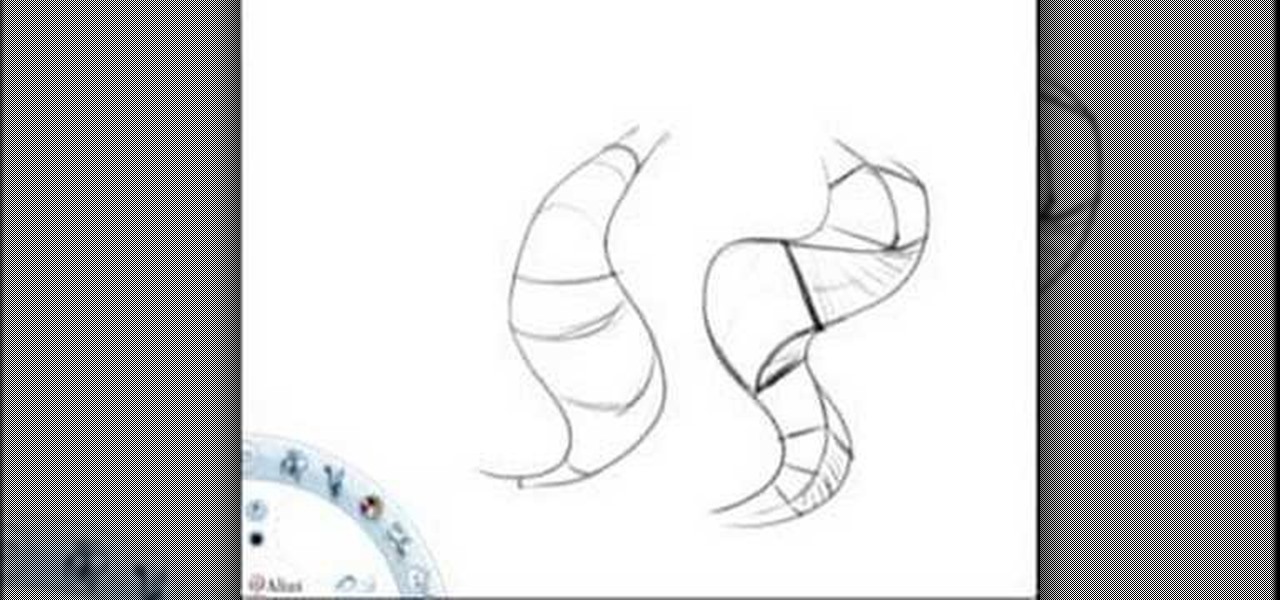
How To: Begin drawing a sculpted form
Use everything you know about drawing with perspective and line efficiency to draw a sculpted form. This instructional drawing video demonstrates how to flesh out the map of a drawing into an almost mobile being. When drawing with this technique, line drawing becomes a way of carving a figure out of boxes.
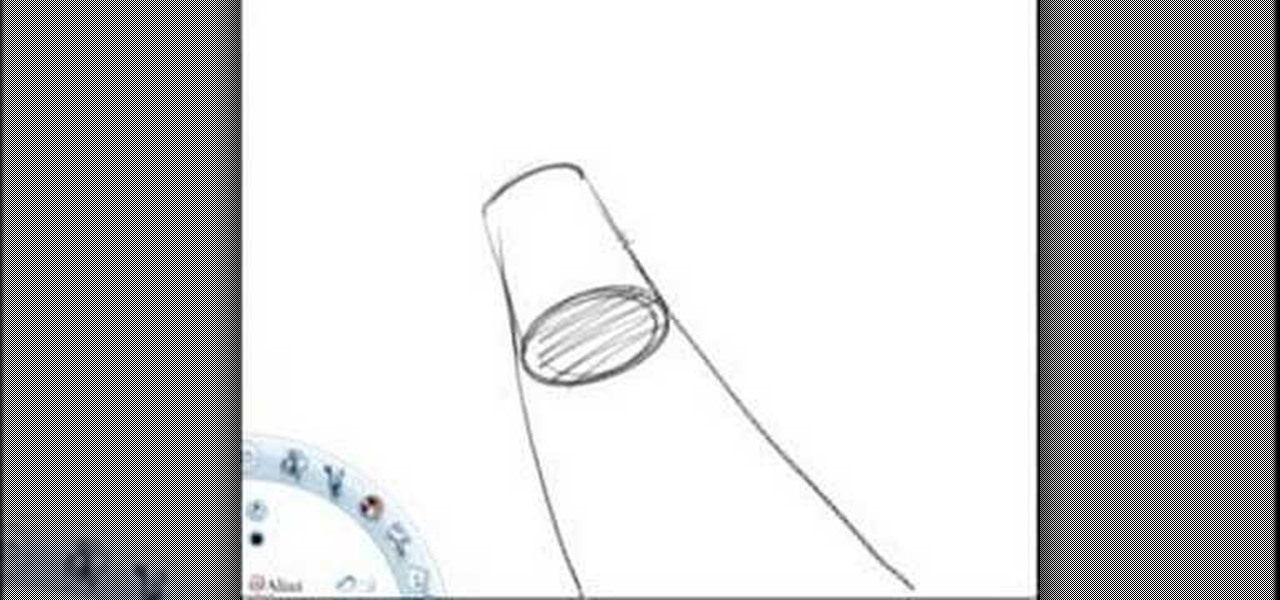
How To: Begin drawing with the principles of perspective
Learn how to draw with a humanistic concept of perspective based on a realistic field of vision. This instructional drawing video demonstrates how to draw with an awareness of objects as they exist within space. How will an object change, in your field of vision, as you slide it back and forth?
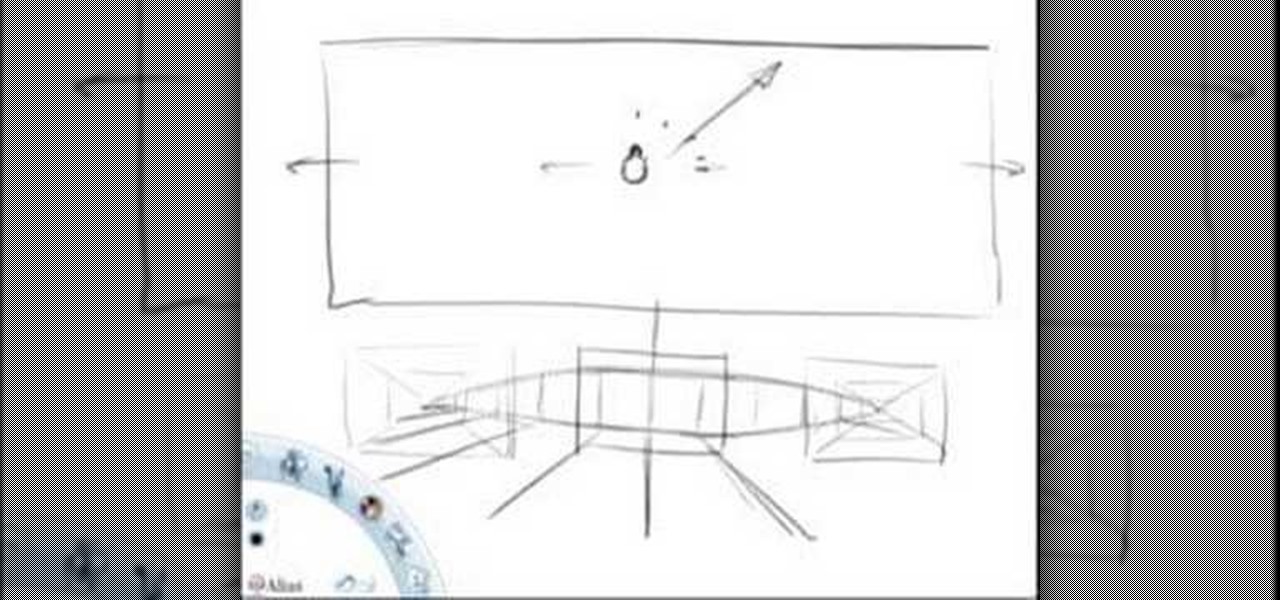
How To: Begin drawing with perspective
This tutorial will attempt to explain the perspective principle of Field Of Vision. Learn how to draw perspective with a more realistic method than a classic one point perspective practice. This instructional drawing video demonstrates how to draw using a technique that focuses on field of vision, based on the human eye. Your drawing will take on a fish eye effect as you mimic the effect of looking up and down as you draw.
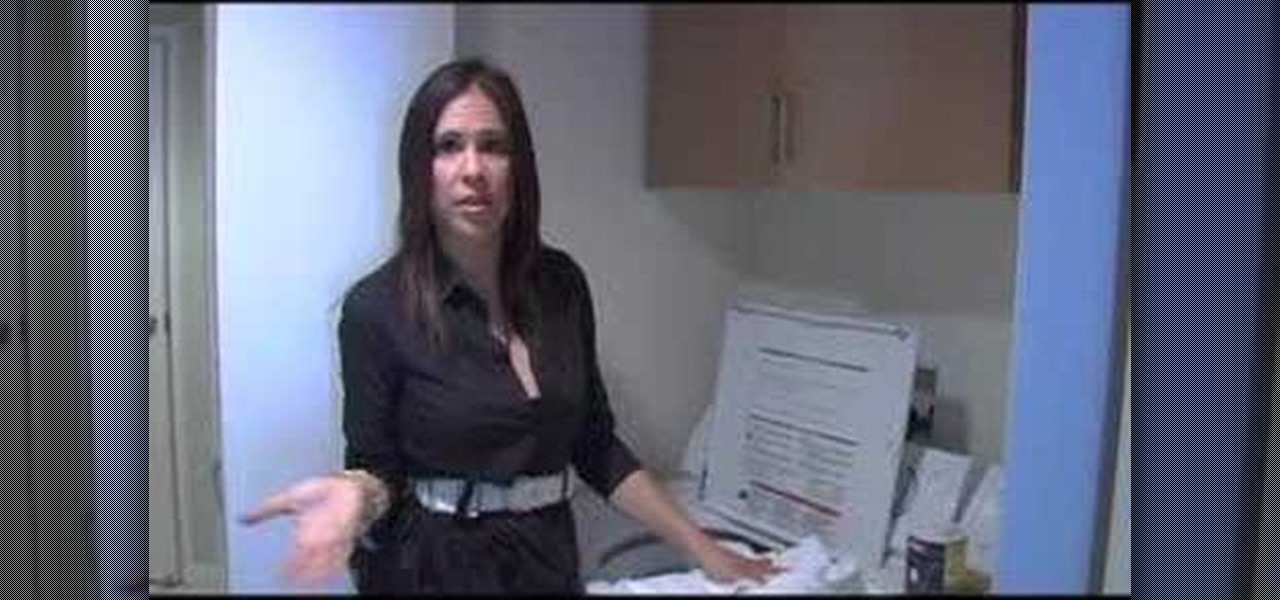
How To: Dye your own clothes
Watch closet expert Barbra Horowitz demonstrate how easy it is to dye your own clothes at home. All you need is salt, powdered dye, and some clothing. You can actually dye clothing in your own washing machine with little to no effort. To clean up, just run an empty wash load with some bleach.
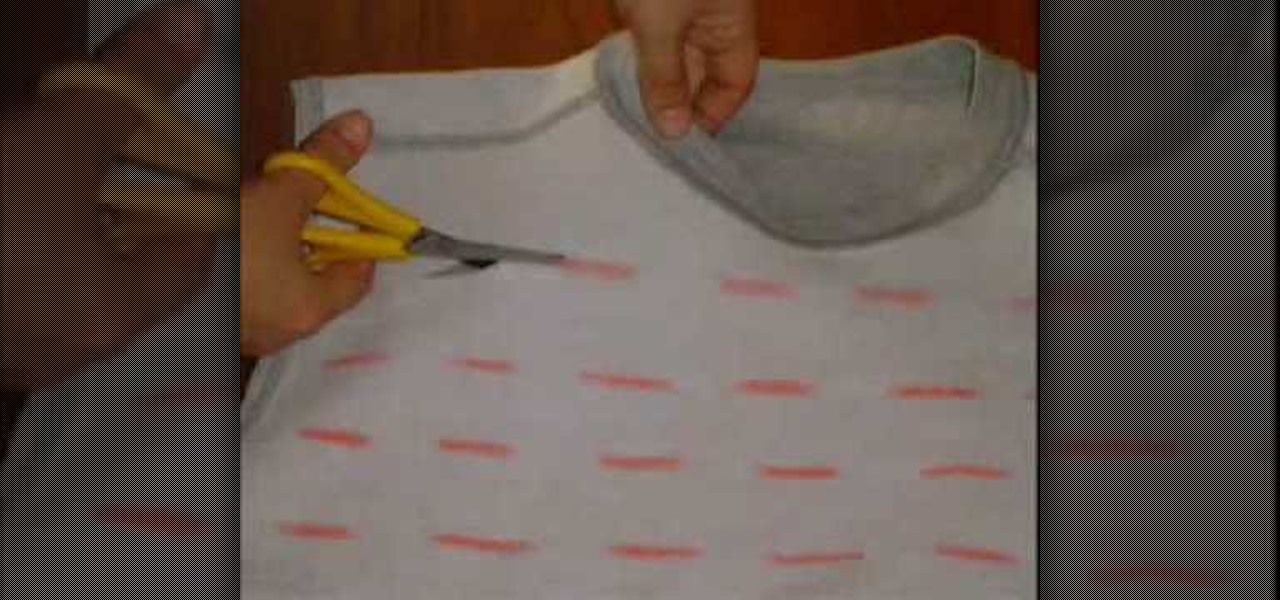
How To: Make your own t-shirt
Watch this instructional fashion design video to transform any sweater into a cool t-shirt. Find an old sweatshirt and cut off the sleeves. Cut small, measured, horizontal slits into the front and back of the shirt to give it a sexy and breathable design.
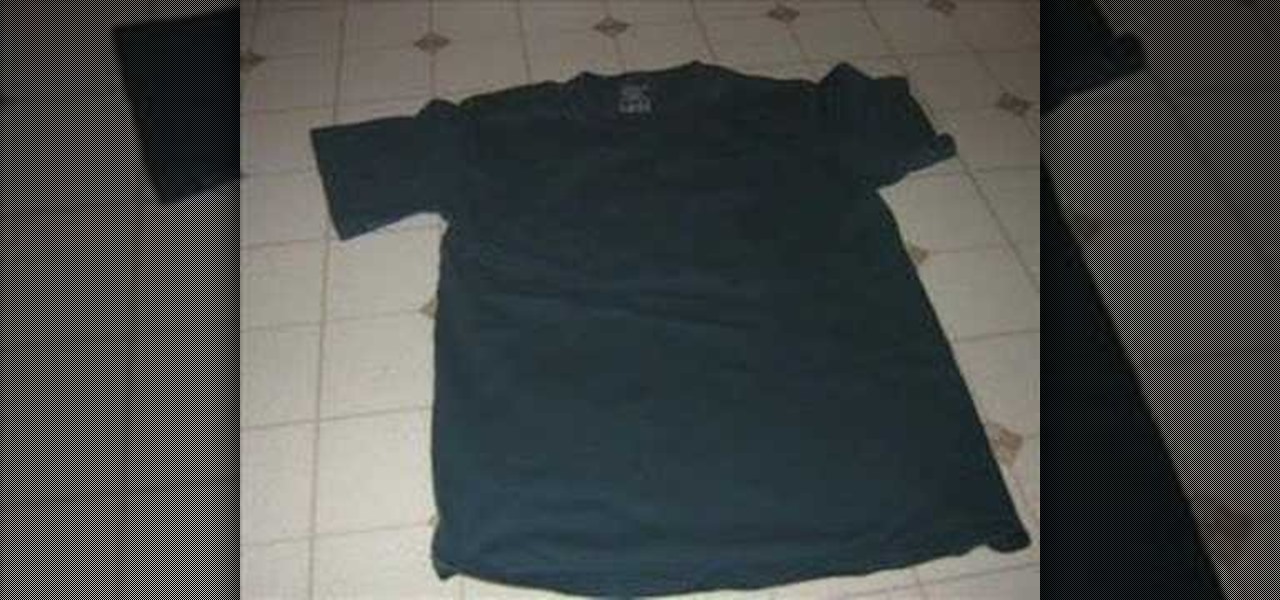
How To: Bleach t-shirt designs
Watch this step by step fashion design tutorial on how to bleach shirt designs. Print out a design onto durable paper and cut out the individual pieces. Iron the shapes in place atop the t-shirt. Place a protective lining on the inside of the shirt. Fill an empty spray bottle with bleach and spray your design lightly from about two feet away. The areas where you placed paper shapes and letters will not soak up the bleach.
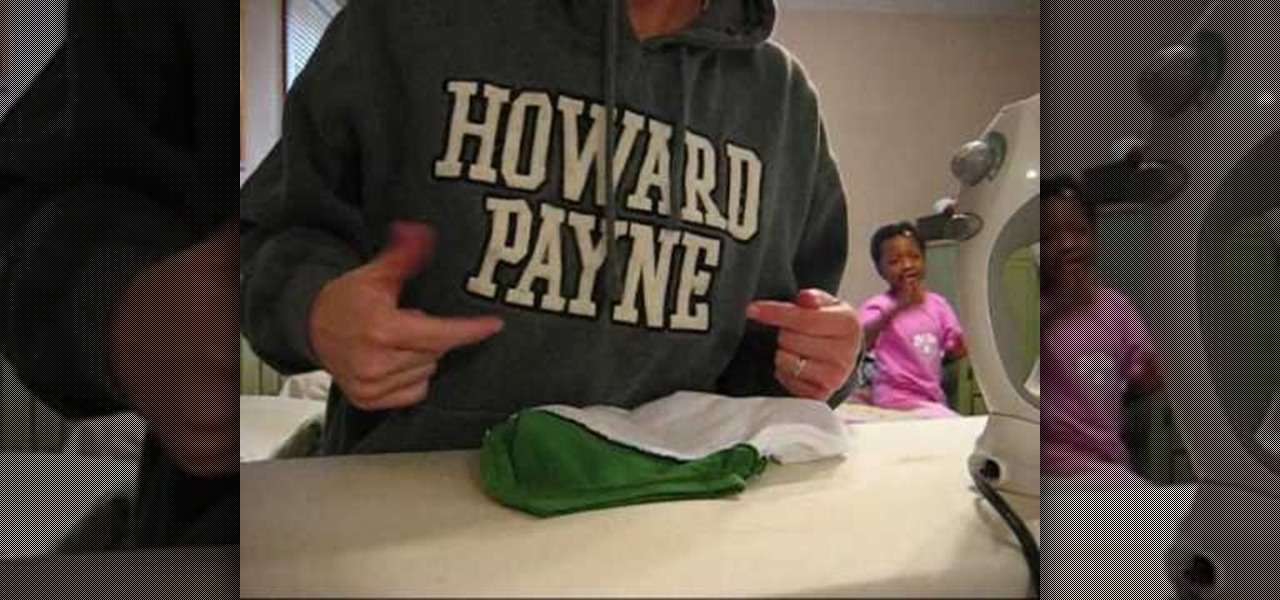
How To: Sew a quick fitted t-shirt
Here's how to turn an old, incredibly large t-shirt into fitted shirt that is comfortable yet flattering. Find a large shirt that you would like to work with and one of your favorite fitted t-shirts. Simply trace around the fitted t-shirt onto the large shirt you wish to alter. Leave extra room to sew neat hem lines. With a quick and simple alteration job you can sew a new wardrobe with minimal effort.

How To: Make a gelatin plate for printmaking
Food grade gelatin can be used as a printing surface. It is soft and malleable and allows for the transfer of shapes and great detail. You will need gelatin, water, a measuring spoon, a spoon, and a whisk. Watch this video printmaking tutorial and learn how to make a gelating plate.

How To: Make prints with gelatin plate monotypes
Make monotypes on a plate made of food grade gelatin. This how-to video shows how to pull an original print and a ghost print. It is fun easy and experimental. Watch this video printmaking tutorial and learn how to make a gelatin plate monotype prints using food-grade gelatin.
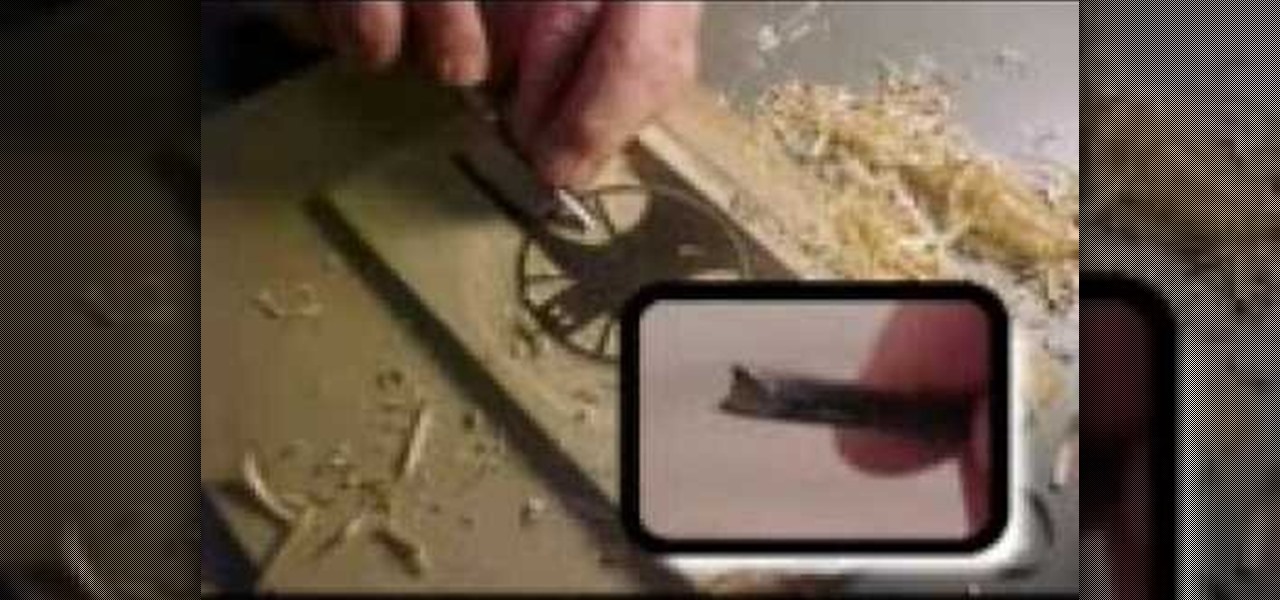
How To: Relief print a woodcut
Watch this one minute printmaking demonstration to make a wood block for woodcut printing. First, transfer a laser inkjet print to a wood block. Then carve a relief image into the wood block. Next, ink and print on a Mini Halfwood Press using a chase device. With the right set up, woodcut printing is a fine art worth learning.

How To: Shoot panoramic photographs
Watch this instructional photography video on how to shoot Panoramic photographs with What Digital Camera Magazine. Panoramic photography is a format of photography that creates images with exceptionally wide fields of view. You don't have to use a tripod but it's much easier than eye balling it while taking a series of photos of the landscape, and you won't have to crop as much.
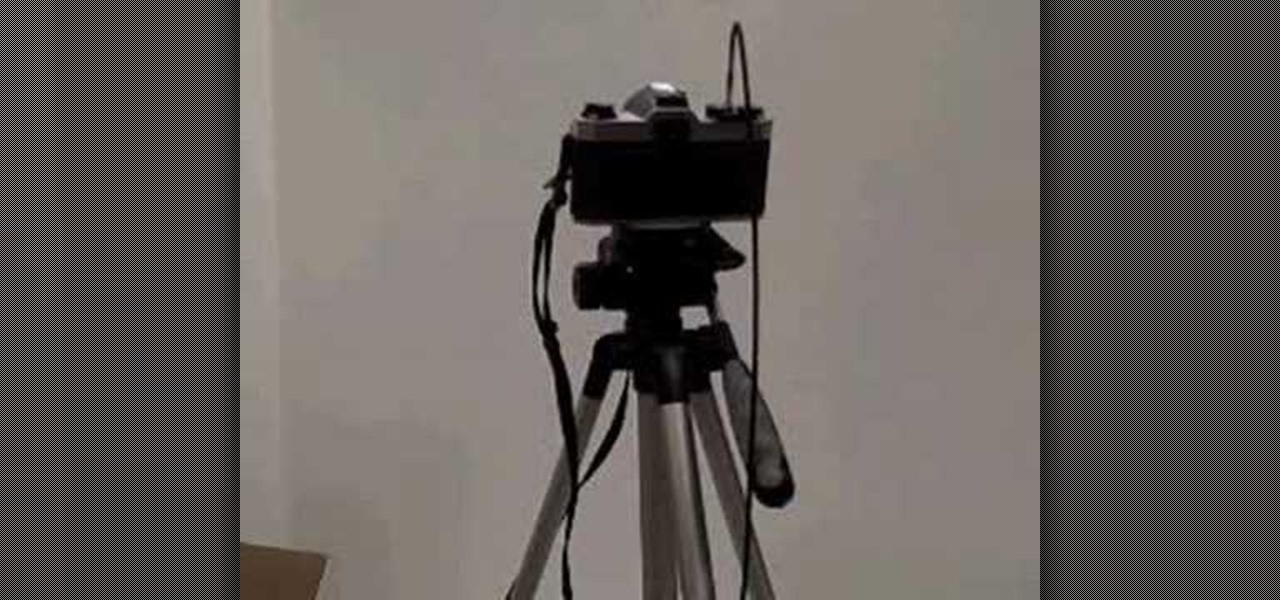
How To: Take pictures of stars without a telescope
This tutorial shows you how to take nice star pictures and star trail pictures with just a camera. This video also provides tips on choosing film, digital processes, and how to take late night photographs of stars in the night sky. You will need a tripod or a way to keep your camera absolutely still for long exposures. You can take photos of stars with a regular 35mm camera using a release cable, or use a digital camera with long exposure settings.
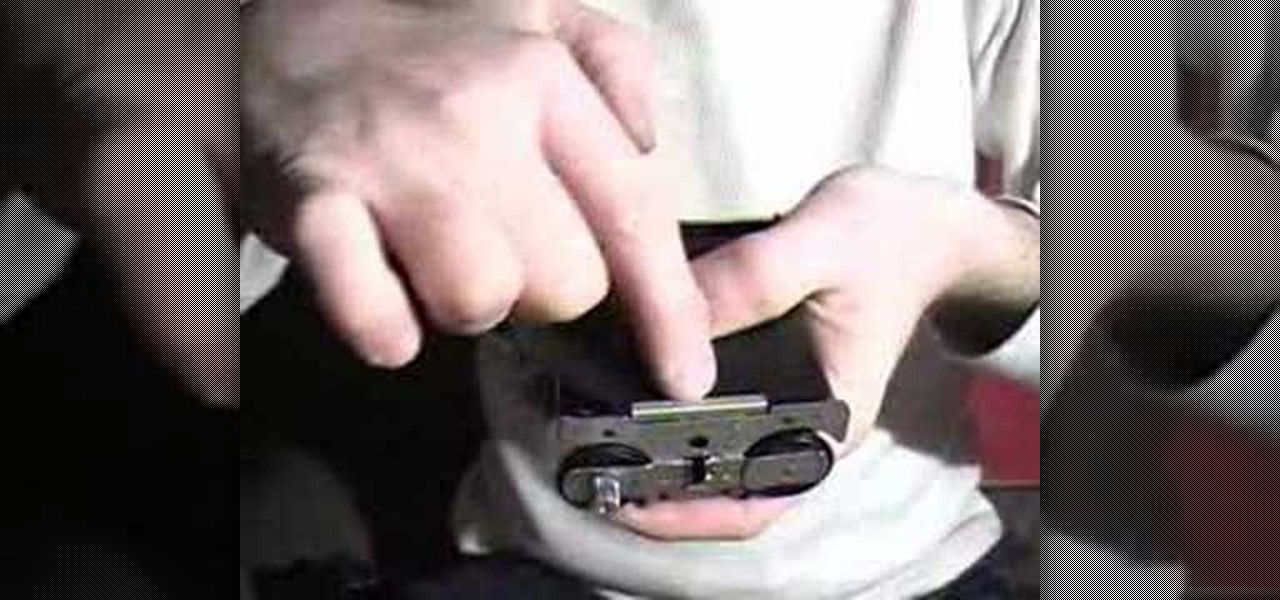
How To: Load film into a Hasselblad back
This is a how-to video featuring the A12 film back for a Hasselblad 500 series camera. Watch this photography tutorial to begin using your antique Hasselblad camera and all of its confusing parts. Once you are aware of the unique film loading process for this camera, you can adopt this camera into your photography practice and begin shooting.
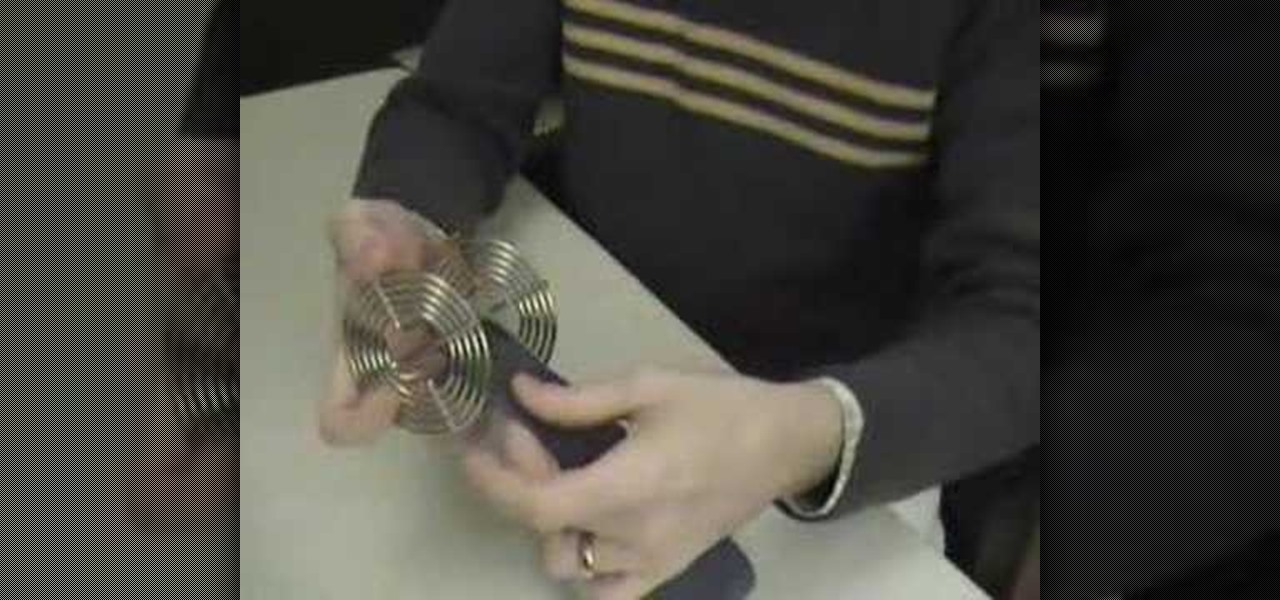
How To: Load 120 film onto stainless steel reels
Ever try to load a roll of film onto a reel and into a sealed developing tank in complete darkness? If you have, you know that anything unexpected can throw a kink into your personalized process of developing photographs. This video demonstrates how to load film onto stainless steel reels. If you are interested in developing film by hand, it is a good idea to be aware of all types of winding reels and developing tanks so you don't fumble in the darkroom.

How To: Load film into Kodacraft tanks
This video will be useful to a select group of people, who are still interested in developing film by hand using the Kodacraft film canisters. Practice loading Kodacraft film tanks with plastic film aprons. Use an exposed roll of film to do try this process in the light. Now, let's see if you can do it blindfolded, or in the dark room.

How To: Shoot high dynamic range (HDR) photography
You can take high dynamic range photos with a regular point and shoot digital camera. You may need to take up to three versions of the same photograph and make a high definition composite photograph. Even a small digital camera can take three photographs at the same time using an auto bracketing feature. You can also do this by hand if you have a steady hand or a tripod. Edit the individual photographs on the computer using Adobe Photoshop or a another digital photo editing program.
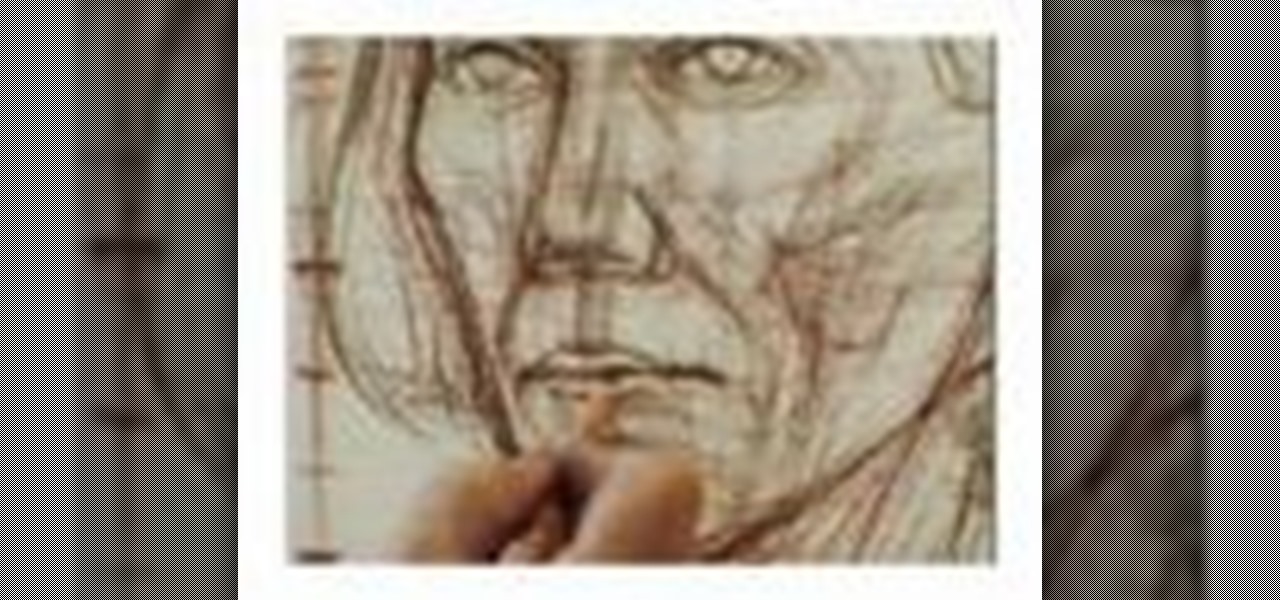
How To: Draw anatomically realistic portraits
Watch this instructional drawing video to draw portraits of the head using a live model. Follow the detailed description of how to do a drawing of a head, showing close ups, examples and tips. Gary Geraths is a professor in the exceptional Foundation Program at Otis College of Art and Design in Los Angeles.
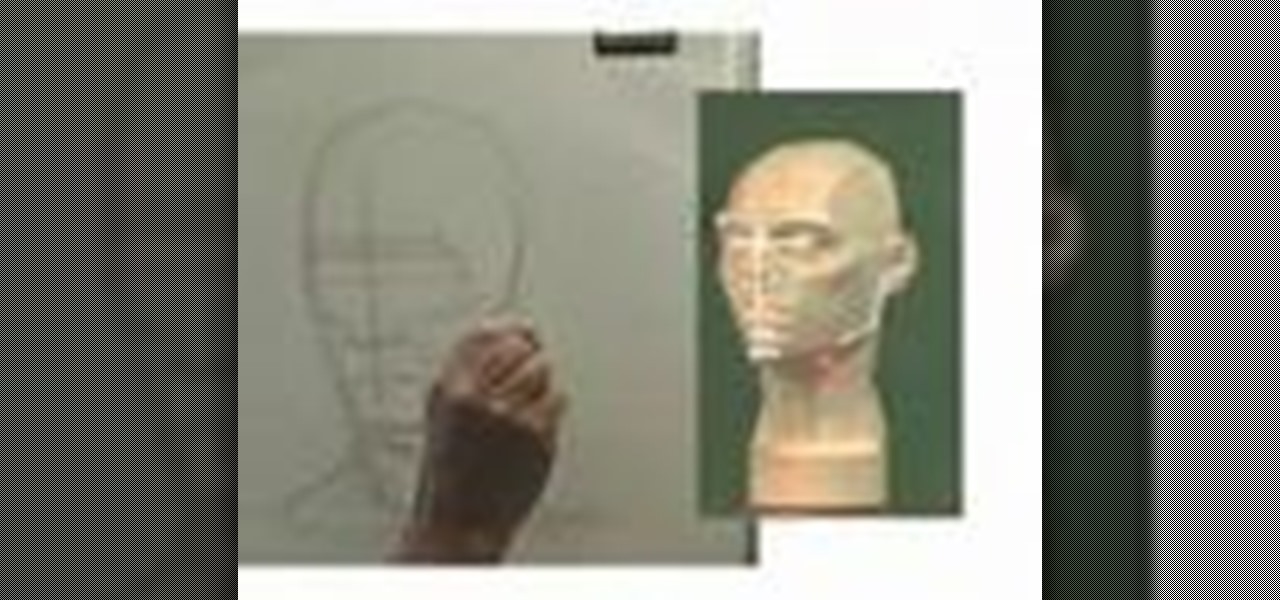
How To: Draw a portrait with a planar head
Watch this instructional drawing video to draw s portrait of a live model's head using a planar head as reference. The planar head shows structural plane changes. Follow the detailed tutorial showing close ups, examples, and tips. Gary Gerath is a professor in the exceptional Foundation Program at Otis College of Art and Design in Los Angeles.



